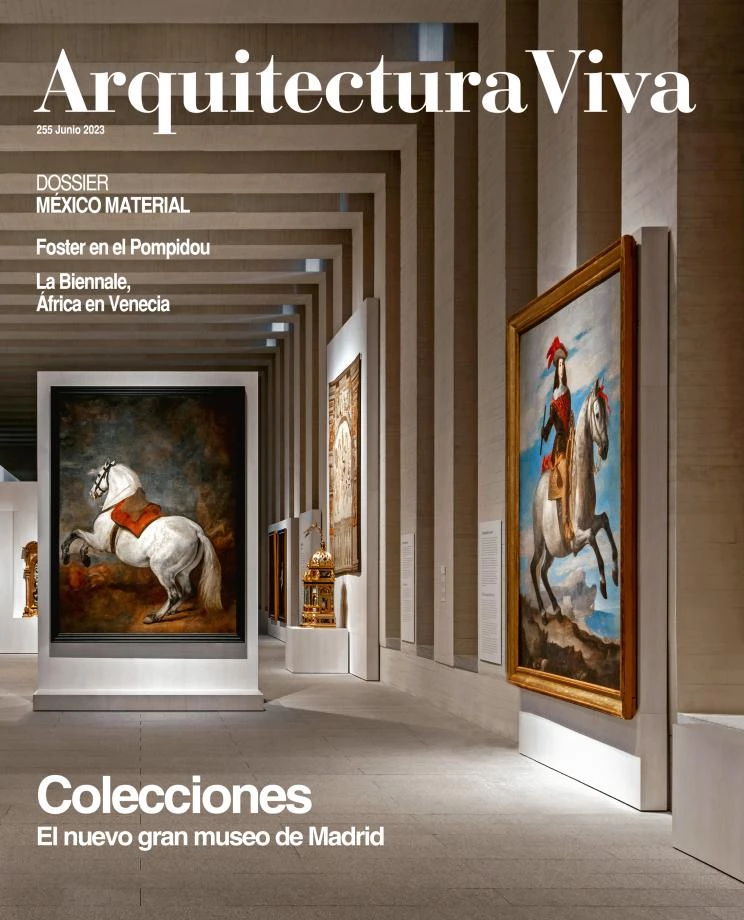Identity and experience
Five Buildings, Five Materials

Fernanda Canales, Casa Terreno, Valle de Bravo © Rafael Gamo
With its 130 million inhabitants, Mexico is the tenth most populated nation in the world, and among Spanish-speaking countries the one with most demographic weight. Add to this its strategic position, its important economy, and its powerful culture, which has managed to mix very different components, from the pre-Columbian substratum and the Hispanic legacy to the contributions of European immigrants over the course of the 20th century.
Mexico is booming, diverse, and complex, and so is its architecture. By this we mean not only Mayan and Aztec constructions and the great colonial cities – 18th-century Mexico City was at a par with Europe’s grand capitals – but also contemporary works, which can be interpreted from different codes, some local and others coinciding with those of the geographies of globalization. As in any major country, in Mexico an architecture of finances exists and grows in the hubs of economic power, translating into skyscrapers and corporate headquarters. There is also an architecture of political power and bureaucracy, whose face consists of those complexes where, starting in the 1950s, efforts were made to express modernity on a national, identitarian note. And an architecture of housing, traditionally very important in the country and never ceasing to grow in significance, given all the demographic pressures. And among many more others, an architecture of art and culture, where modernization has endeavored either to take root in tradition or associate with international currents, depending on the direction that ideological winds are blowing.
The latter is what this issue of Arquitectura Viva has chosen to explore through a dossier that in detail looks at the typological and the constructional aspects of five public buildings raised with the predominance of five different materials. While the extension of the Anahuacalli Museum in the capital, designed by Taller Mauricio Rocha and winner of the latest Mies Crown Hall Americas Prize, joins its typological rigor and spatial variety with a systematic use of stone, the Culture House and Music School in Nacajuca by Colectivo C733 connects with another material from the basic palette of construction, brick, in creating a large space protected by a pitched roof and regulated by a belt of lattices. For their part, the Pilares Presidentes center by Rozana Montiel, also in Mexico City, resolves its modest bays with concrete blocks to create a rich but restrained atmosphere, and the Cabo Sports Complex in Los Cabos by Taller Héctor Barroso links up with tradition and blends into an extraordinary landscape through walls of rammed earth. Finally, El Jardín Anatole by Dellekamp+Schleich floats over a public square in a dense enclave of the Mexican capital, and is the country’s first wooden building.

Estudio MMX, Museo de Geología, Progreso © Dane Alonso






